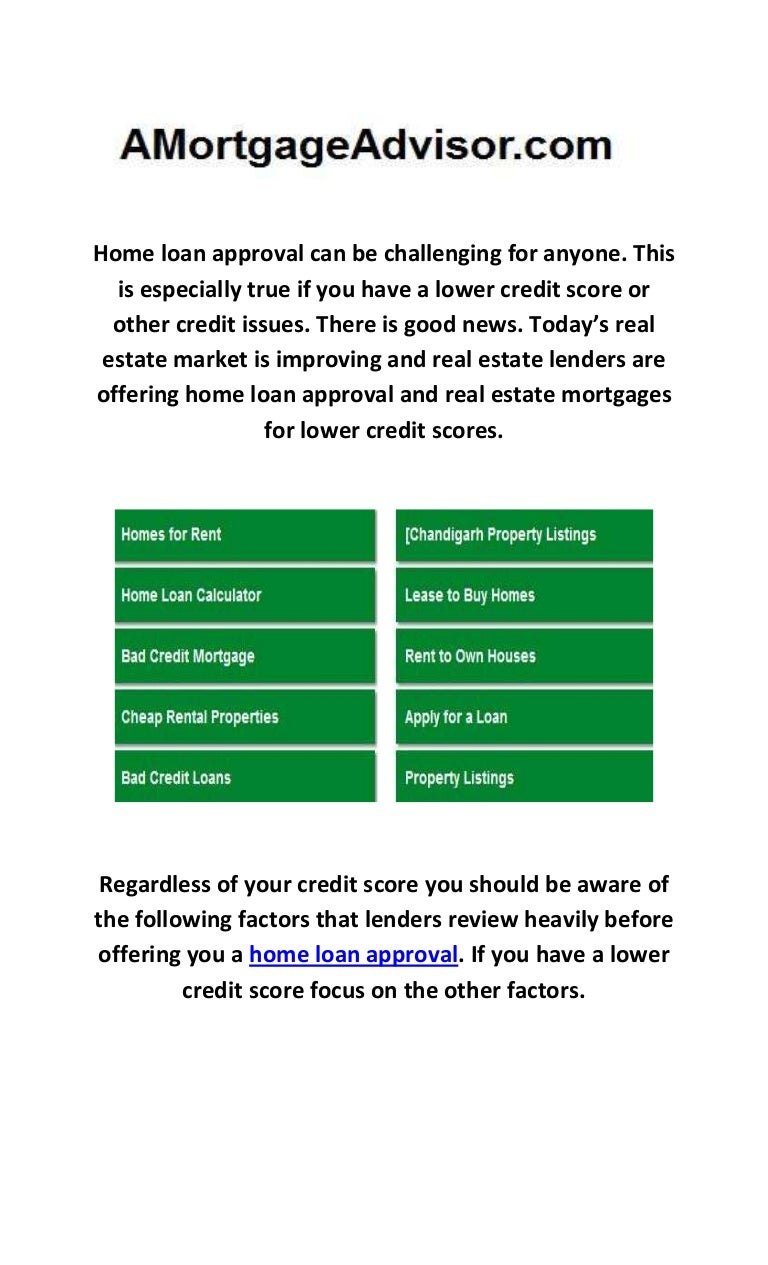Table of Content
The down payment requirement for a mortgage varies based on the type of loan chosen. You’ll often hear that you’re required to put 20% down, but that’s not always the case anymore. While putting 20% down can help a homebuyer avoid private mortgage insurance, many buyers are putting as little as 3.5% to 5% down. While mortgages and construction loans help you finance the cost of a house, they do have a few distinct differences.
Your lender will look at specifications and plans, including budgets, for the building project, and will evaluate how likely the home is to offer the value needed to secure the loan. Once this evaluation is made, lenders either may deny the loan or extend it with a variety of interest rates, all based on how risky they perceive the loan to be. To get a construction loan, you’ll need a low debt-to-income ratio and a way to prove sufficient income to repay the loan. Finding the perfect home for your tastes and needs can be a challenge. If you are tired of trying to find the ideal existing home, maybe its time to consider building your own!
DOWN PAYMENT REQUIREMENTS
All of our content is authored by highly qualified professionals and edited by subject matter experts, who ensure everything we publish is objective, accurate and trustworthy. Bankrate senior editor for mortgages Bill McGuire has been writing and editing for more than four decades at major newspapers, magazines and websites. Heres a breakdown of how a construction option on your home loan works. Based on the information you have provided, you are eligible to continue your home loan process online with Rocket Mortgage. Finding the perfect house on the market in Colorado these days is more challenging than ever. Maybe you have toured several places already and come up against disappointment for one reason or another.

Note that many conventional lenders dont offer construction-only loans. There are many variables, such as the contractors performance and adherence to the timeline, getting building approvals, and more. These are higher-risk loans that some lenders dont want to take on. When you take out a home equity line of credit to build your house, the mortgage lender uses your residence as collateral the second the HELOC closes escrow.
How Do Construction Loans Work?
Well, you can make that dream come true, as because banks provide short-term credit to cover building costs while the construction is in progress. These two loan products have differing qualification requirements, and once youve qualified, your costs for each also will vary. Whether it’s a construction loan, a renovation loan, a home equity loan or any other number of options, finding the right way to borrow money for your next home doesn’t have to be too hard. Research all the options, figure out the best type of loan for your specific needs and shop around for the best price.
Lenders use your home’s current equity to secure a home equity line of credit. Most lenders may originate a HELOC up to 90% of your home equity, Cohn said. You’ll have an upper limit on how much you can borrow, particularly if you’re still paying off your first mortgage loan. In any case, you should think about paying off your mortgage as soon as possible.
Differences between construction loans and traditional mortgages
Interest rates on mortgage loans are somewhat higher (1-4%) than the interest rates offered on home loans. Well, when the bank loans money for this kind of project, they are taking on more risk. It means more risk because there is no collateral or an asset to ensure the loan’s security. Understanding the differences between a mortgage loan and a construction loan makes it easier to choose the best solution for you. If you’re building a home, a construction loan makes the most sense.
Be prepared for material prices to stay high, especially in light of inflation, and ongoing shortages to affect your project. Owner-builder loans are construction-to-permanent or construction-only loans where the borrower also acts in the capacity of the home builder. Another consideration is that your financial situation might worsen during the construction process. If you lose your job or face some other hardship, you might not be able to qualify for a mortgage later on — and might not be able to move into your new house. Once construction finishes, the borrower usually converts to the loan to a permanent mortgage and begins repaying both principal and interest.
Because there’s no physical home to serve as collateral when you apply for a construction mortgage, the lender is taking on a lot more risk. For that reason, you can expect that interest rates will likely be higher and borrowing requirements will be more stringent than a regular home purchase loan would be. In other words, they’ll start out by applying for a short-term construction loan that covers the funds needed for the building, then apply for a new-home mortgage afterward. For construction-to-permanent mortgages, the loan will convert to a traditional mortgage in which principal and interest payments are due monthly. With a construction mortgage, you don’t get the entire amount of the loan at once.
Our editorial team receives no direct compensation from advertisers, and our content is thoroughly fact-checked to ensure accuracy. So, whether you’re reading an article or a review, you can trust that you’re getting credible and dependable information. Dawn Papandrea is a credit card expert with 10+ years of experience covering credit cards, banking, and personal finance. Her reviews of credit cards and other financial products appear on The Balance and on personal finance sites elsewhere. Dawn earned her master's in journalism and mass communication from New York University and has a bachelor's in English from St. John's University. For doing home improvements, there is little doubt that a home equity loan or home equity line of credit is the most popular.
Unless you are a builder or contractor for a living, it is best to leave construction to the experts. You will save yourself the trouble and a lot of time handing over the project to someone with experience. Borrowers will need to be prepared for higher interest rates and put forward a 20%-30% down payment for the loan. If applicable, you may use the equity in the land you own to pay the down payment for the loan. They could refinance the construction loan and turn it into a typical mortgage.
Usually, a minimum 20% down payment is required, and a 25% down payment requirement is not uncommon. In addition, most construction loans require a minimum credit rating of 620, if not higher. When you take out a construction loan, you’ll usually make interest-only payments while the construction is being completed. Construction loans also tend to have higher interest rates than most home loans because they are considered to be more risky for lenders.








